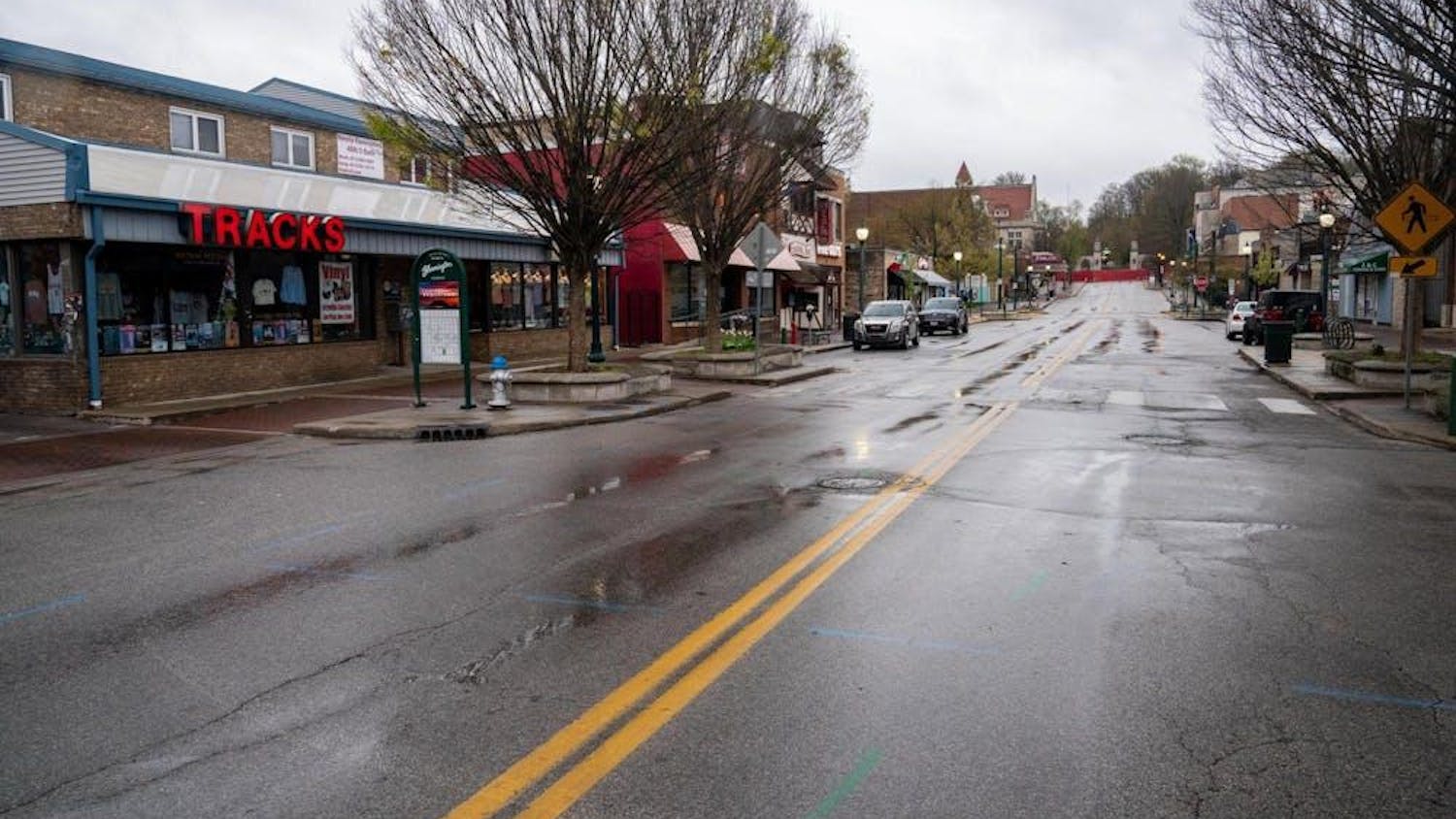Before anything else, “Sinners” is a movie about the blues. The genre — so entrenched in the history of Black America, so ingrained in the sociopolitical culture of the post-antebellum South — totally informs the ethos of Ryan Coogler’s newest picture. It’s just a happy convenience that the vampire story, with its exploration of repressed eroticism and religious superstition, turned out to be a perfect thematic parallel.
The film, starring Michael B. Jordan, Hailee Steinfeld and, in his debut, Miles Caton, is a welcome comeback for Coogler, who’s spent the last 10 years directing franchise projects. “Sinners” is both a big budget spectacle — Warner Bros. reportedly spent $90 million on the film — and a wholly original story that stands alone. If it’s not the best film of the year so far, a title it has a legitimate claim to, it’s certainly Coogler’s personal best.
Right away, we’re hit with a title card informing us of the story’s time and place: 1932, the Mississippi Delta, two signifiers that carry a wealth of cultural meanings in American history. It’s a time in the South where the memory of slavery is fresh, the wounds not yet healed, and the culture this film depicts speaks to that reality: our main character, Sammie Moore (Caton), is a sharecropper, as are, it seems, most of the figures in his working-class community. But what he really wants to be is a bluesman, a dream his father, the local pastor, reviles and warns against.
His cousins, Elijah and Elias — or, as everyone knows them, Smoke and Stack — are identical twins, both played by Michael B. Jordan. They’re World War I veterans who moved back down to the Delta from Chicago where they worked for Al Capone; in fact, they stole from the legendary gangster, and now they’re well-to-do men with a goal of opening a juke joint. Their first performer? Their little cousin “Preacher Boy.”
It’s not worth recounting how, exactly, a period piece about the Delta blues turns into an action vampire horror. This sort of unusual genre switch-up is a bold move, one that could’ve been a cheap gimmick and nothing more, but the film manages to achieve it flawlessly. The layering of a vampire story over the story of the early days of the blues does seem unconventional at first, but Coogler’s narrative is just confident enough in its own unconventionality that he convinces you it makes sense.
And it makes sense because he manages to tie the mythos surrounding the vampire into the mythos surrounding the blues, in turn painting an extensive portrait of the American South in whole. Without getting into spoiler territory, the vampires aren’t simply vampires in the traditional way we think of them: they’re a literal manifestation of Hell and the religious fears that Sammie’s father has for his son. At the same time, the fact they are vampires means they fit among the unorthodoxy of very real Southern folk religions that are embodied in the character Annie (Wunmi Mosaku).
Of course, everything in this film — every theme and every character and every element of the story — is related, in one way or another, to the issue of Black liberation in America. It’s certainly not a coincidence that Coogler chose the blues to represent that struggle. James H. Cone, a minister who helped develop the Black liberation theology movement, argued in his 1972 book “The Spirituals and the Blues: An Interpretation” that the blues, by the very nature of being an expression of Black American existence, were life-affirming and a liberatory act.
“That black people could sing the blues, describing their sorrows and joys, meant that they were able to affirm an authentic hope in the essential worth of black humanity,” he wrote.
Coogler very explicitly ties the blues to the broader history of Black music: there’s depictions, both literal and figurative, of traditional African rhythms, slave songs and prison songs, spirituals, jazz, rock and roll, and hip-hop. He knows that to depict one is to, necessarily, depict it within its proper context, both past and future, because of their deep interconnectedness with each other. It leads to a beautiful sequence in the middle of the film where Sammie plays the blues for an audience for the first time — a sequence I won’t elaborate on in any more detail because it’s worth being entirely awe-struck the first time you watch it.
Cone argued another thing, which I think Coogler enunciates here very well — it’s the ability for the blues to act as a secular spiritual, songs that focus on the immediate aspects of existence, like sex and melancholy, in search for some higher truth.
“The ‘new priests’ in the black community were the blues men and women,” Cone wrote, “and their songs were the blues.”
In many ways, the conflict we see in “Sinners” is a conflict of its time: nobody is really arguing today that the music of Robert Johnson or B.B. King or Muddy Waters is “devil’s music.” But how common it is to hear people deride rap for its vulgarity and profanity. By the end of the film, one understands the direct line between these ideas and, most importantly of all, one understands Coogler’s position on it.






